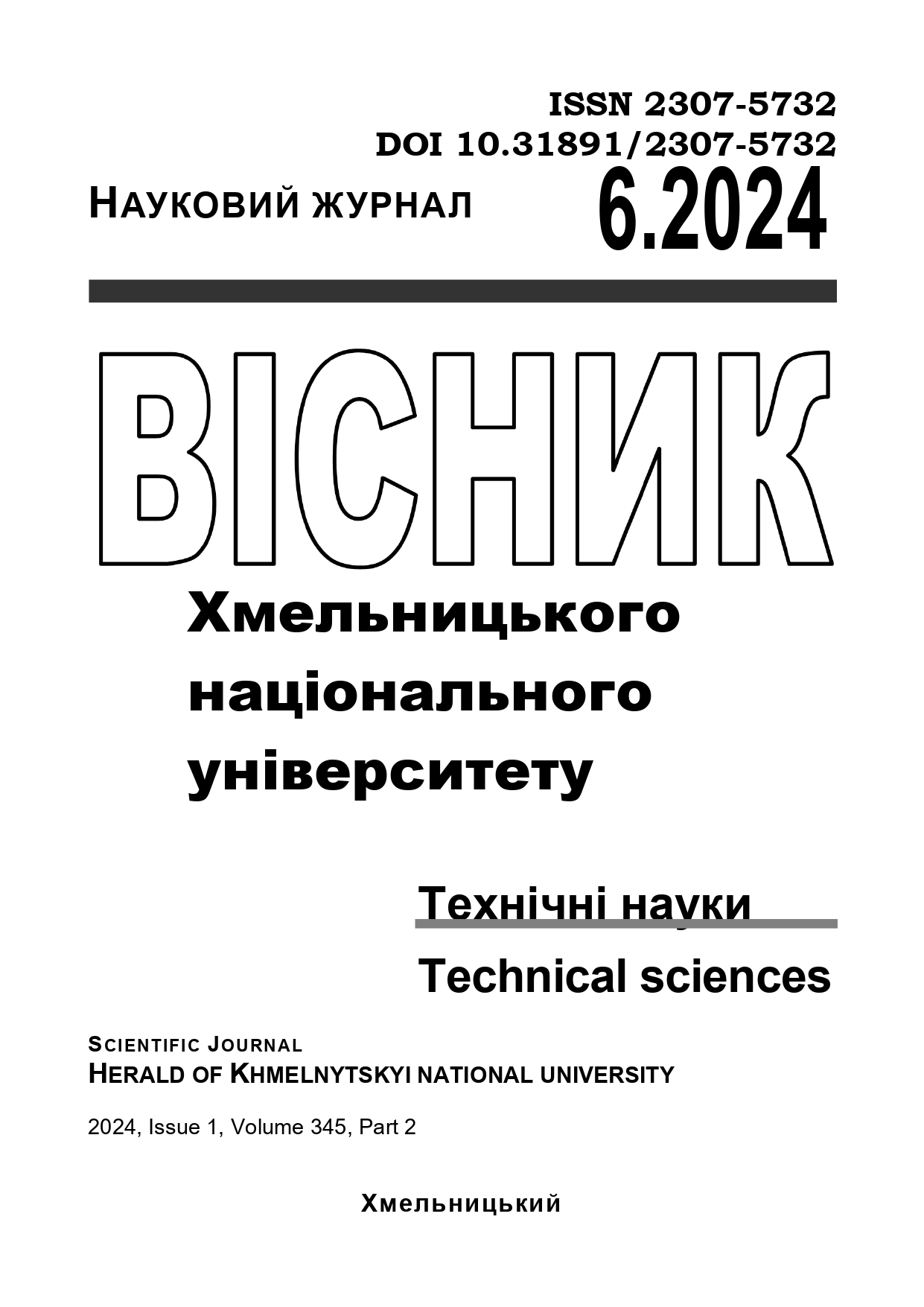COMPUTER MODELING TECHNIQUE FOR CREATING INDIVIDUALIZED IMPLANTS
DOI:
https://doi.org/10.31891/2307-5732-2024-345-6-33Keywords:
implant, modeling, computer-aided design, medical information, SolidWorks, 3D printingAbstract
The work is devoted to the description of the method of modeling individualized implants using medical information.
The aim of the work is step-by-step method of computer modeling of an individualized implant and the object of its installation.
The following software was used to develop the methodology: InVesalius, SolidWorks, and PrusaSlicer. The prototype of the modeled jaw was printed on the AnyCUBIC Photon Mono X2 photopolymer printer, which prints using SLA technology.
The method consists of five steps. The implementation of the method requires the use of computer programs InVesalius, SolidWorks, PrusaSlicer and some others. The first step is to obtain a scan of the human body using computed tomography or magnetic resonance imaging in DICOM format. The second step is to load the DICOM package into the InVesalius computer program to obtain a computer file with a stitched surface of the bone shape. The third step is to manufacture a 3D computer solid-state model of the bone in the SolidWorks program. The fourth is to prepare the model for 3D printing using the PrusaSlicer program or a similar one. At this step, the implant and the bone models that come into contact with it are printed (for visual assessment of the bone areas attached to the implant in the preoperative period). The printed version of the jaw is made of photopolymer by printing on a 3D printer.The fifth step is to print the implant in metal on a 3D printer.
The authors propose a new Zr-Nb-Ti alloy for the manufacture of implants by 3D printing with subsequent surface treatment of the alloy to form a bioactive coating, in order to better implant adhesion.
The presented method of computer modeling allows you to quickly and accurately design and transfer a solid-state model for metal printing on 3D printers.

